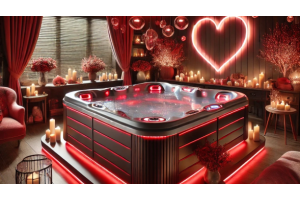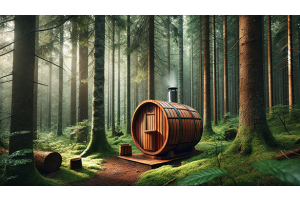Can you fit a heat pump to a hot tub?
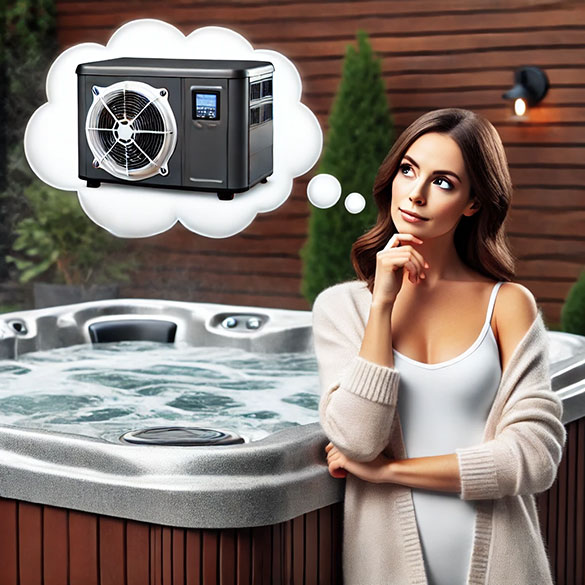
Yes, you can fit a heat pump to a hot tub.
A heat pump can be an energy-efficient option for heating your hot tub, especially if you intend to use your hot tub all year round and through the colder months.
Here's what to consider when thinking about adding a heat pump:


1. Efficiency:
Heat pumps are known for their efficiency because they transfer heat from the air to the water instead of generating heat directly.
This can lead to lower utility bills compared to traditional electric hot tub heating elements.
1. Climate:
Heat pumps function effectively when the ambient air temperature is not lower than -10 degrees Celcius (14 degrees Farenheit).
Heat pumps generally heat water more slowly than traditional heaters. On average, a heat pump can increase a hot tub's water temperature by about 1-3 degrees Celsius per hour.
If you're starting with cold tap water, it could take between 12 and 24 hours to reach 38 degrees Celsius.
This will depend on the efficiency of the pump and ambient temperature at the time of heating, and keep in mind that once the desired temperature is reached, maintaining it will require less energy.
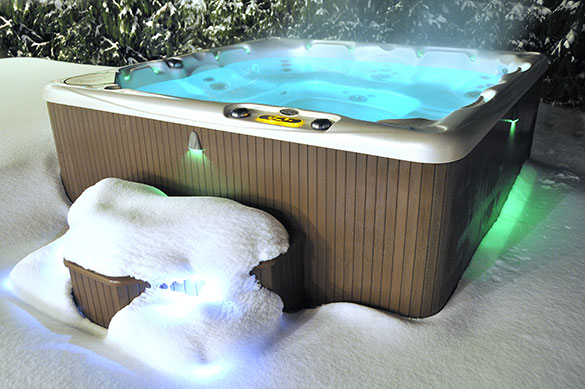

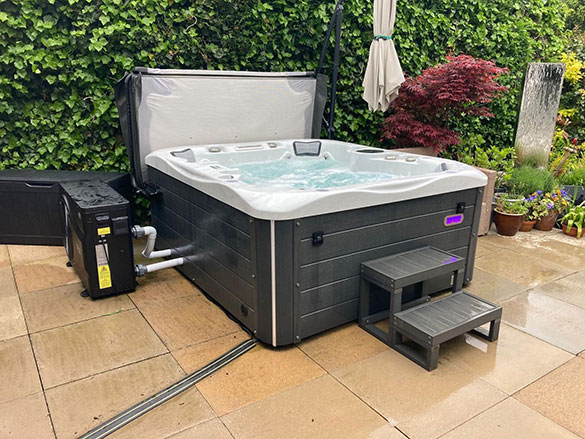

Installation:
Installing a heat pump may require professional help, especially to ensure that it is correctly sized and compatible with your hot tub system.
The installation process might include electrical work and possibly plumbing modifications.
Initial Cost:
While the upfront cost of a heat pump can be higher than other types of heaters, the long-term energy savings often make them a cost-effective choice.
Heat pumps are more efficient than factory fitted, hot tub in line heaters and generally produce around three times more energy than they use.
When the heat pump is use and/or heating, your hot tub energy costs will be 3 times lower.


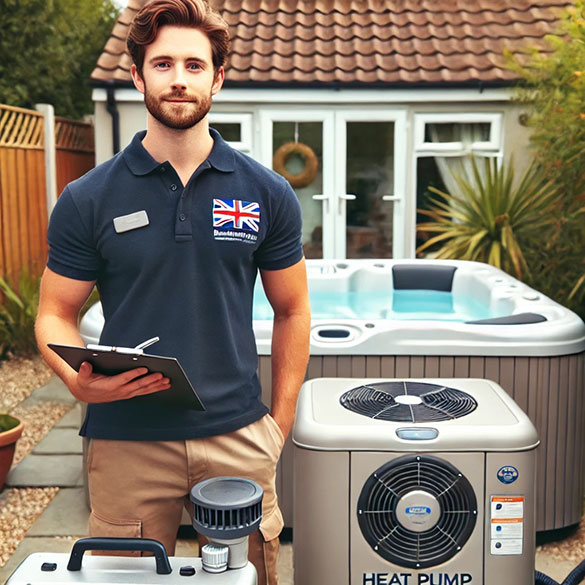

Compatibility:
It's important to check with your hot tub manufacturer or a professional installer to ensure that the heat pump you are considering is compatible with your specific hot tub model.
Overall, heat pumps are an attractive option in many settings due to their efficiency and versatility, contributing positively to sustainable energy use and reduced heating costs.




